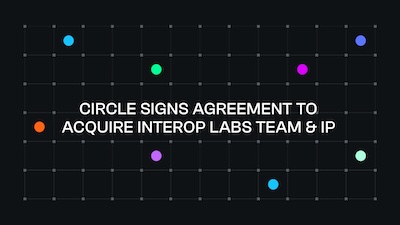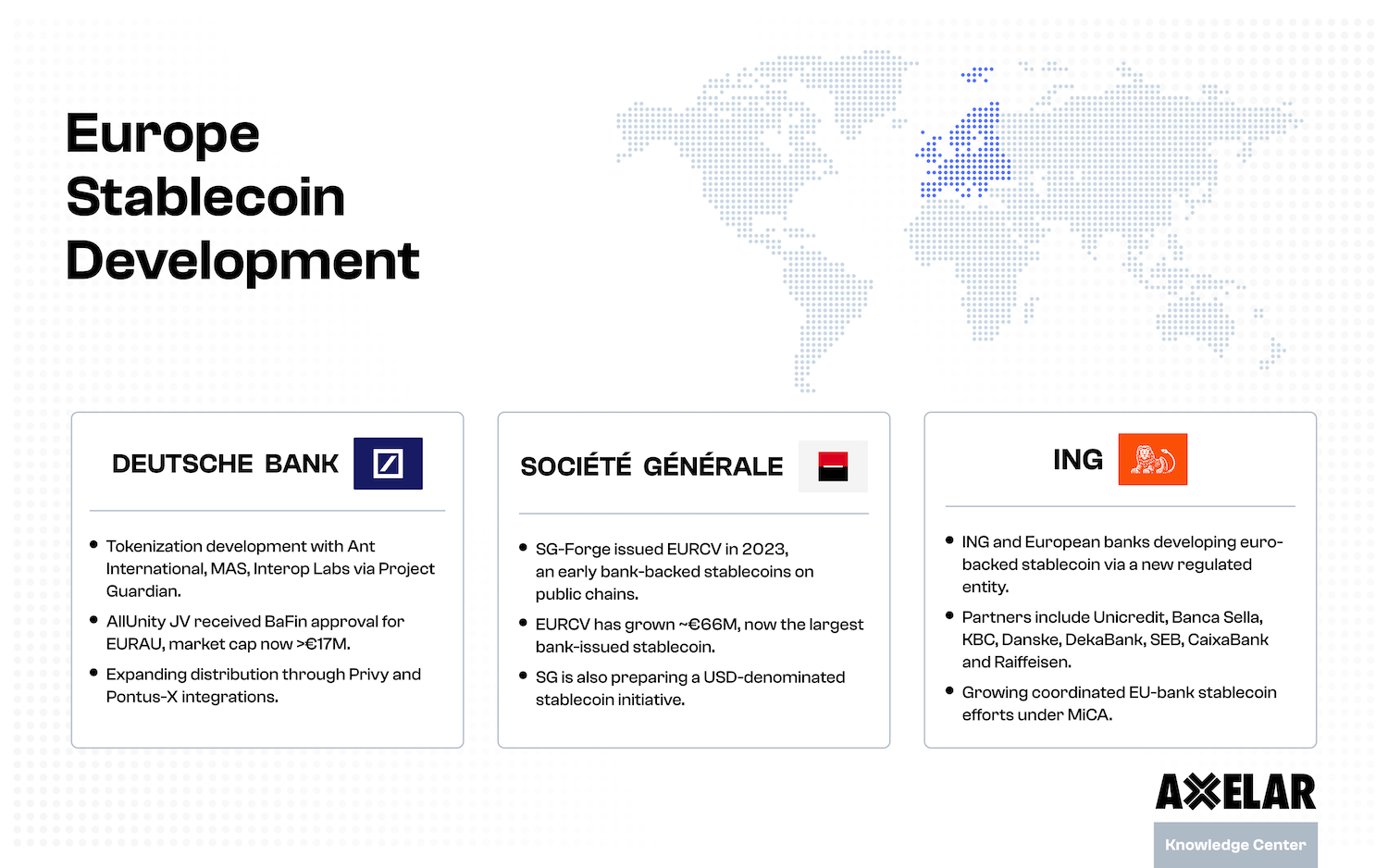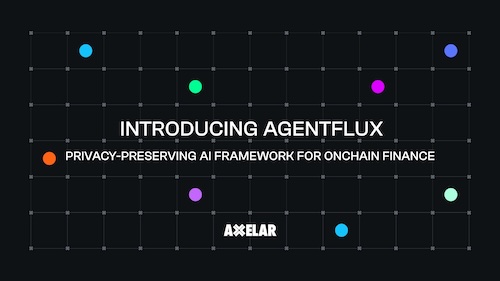Introducing the Axelar Virtual Machine: Supercharging Interchain Development
Table of Contents


TL;DR
- Over the last few years, the Axelar network has successfully connected dozens of different blockchain ecosystems, processed hundreds of thousands of cross-chain requests and transferred billions in value.
- With a growing number of chains and applications using the stack, the need to connect with even more chains, customize security and simplify multi-chain development is increasing.
- In this post, we introduce the Axelar Virtual Machine. Powered by Cosmwasm, the Axelar Virtual Machine turns interoperability into a programmable layer. It enables developers to write smart contracts on Axelar, while scaling their interchain deployments and “programming” the cross-chain networking layer.
- The Axelar Virtual Machine underpins two additional products we’re launching:
- Interchain Amplifier – a permissionless model and service that allows anyone to easily and seamlessly create a connection to the Axelar network and all of its interconnected chains.
- Interchain Maestro – an orchestrator that developers can use to deploy and manage their multi-chain dApp instantiations. Interchain Maestro allows developers to build once and run everywhere. Update: Interchain Token Service (ITS), a component of Interchain Maestro, shipped to testnet in July. [Update: ITS launched to mainnet in January, 2024.]
- Axelar is launching a $5 million developer grant program to build using the Axelar Virtual Machine and expand the interchain.
Introduction
Interoperability is not a destination; it is a journey with the ultimate mission of continuously simplifying developer and user interactions across many systems. From the start, Axelar network was designed to streamline and accelerate connectivity across heterogeneous systems. Today, the network, powered by proof-of-stake security, connects over 30 chains, processes hundreds of thousands of cross-chain communication calls, and unites users from distinct communities.
Designed as an overlay, the Axelar network maintains visibility into networks across the Web3 space. It safeguards developers’ rights to build on any chain – and users' rights to interact with any asset or app on any chain with just one click. The Axelar Network is agnostic and timeless, with a single mission at its heart: to scale the ecosystem of the decentralized Web.
This blog introduces the notion of programmable interoperability, powered by the Axelar Virtual Machine.
The current state of interchain connectivity and its core challenges
When it comes to blockchain interconnectivity, the topic of security has been extensively studied. However, many discussions tend to overlook other key properties, such as the cost of development, economics, complexity and the end-state topology that emerges when connecting thousands of chains.
Cross-chain connections are costly to build, and can't be reused
All connections – whether they utilize an on-chain verification technique (like light-clients or a ZK proof) or an external validator set – are expensive to set up and maintain. They involve multiple, complex components: code, distinct networks, relayers between them, etc. On-chain verification techniques have the highest up-front cost and are not easily reusable as the code highly depends on the underlying chains.
The number of required connections is exploding
In today’s world, there are already over 1,000 chains (and growing) that need to be connected. Achieving pairwise connectivity between them would require establishing 499,500 connections. (More generally, in a peer-to-peer model where all connections are pairwise, to achieve full connectivity, we’d need N(N-1)/2 connections across N chains.) Clearly, this would be impractical to build and maintain. It’s therefore inevitable that a chain will need to connect to a hub to interact with other ecosystems. Otherwise, it will need to take on the immense and costly burden of establishing and maintaining N-1 other connections.
Building and managing interchain dApps is costly and complex.
Also, when deploying an interchain dApp, developers typically need to set up their contracts across multiple chains, pick RPC providers, and subsequently perform identical management functions (like upgrades or parameter changes) across all of them. As it turns out, most developers spend 70-80% of their time deploying and managing their dApps across multiple chains vs. innovating on their dApp functionalities and user experiences.
Solution: Hub-and-spoke routing + programmable interoperability.
Hubs like the Axelar network can offer one-to-many routing properties. At the cost of developing a single connection, a chain can access N other interconnected ecosystems. In this model, connecting a light-client or a ZK chain to the hub is the most economically practical approach.
Given the rapid growth of L1s/L2s/data availability and other Web3 layers, how can we simplify the development of new connections to the Axelar network and streamline interchain dApp deployments?
Establishing programmability at the interop layer itself is the best approach to enable faster and more seamless expansion of new connections, customization of the interop layer, and simplified interchain deployments. This is the ultimate goal the Axelar Virtual Machine was designed to achieve.
The Axelar Virtual Machine
The Virtual Machine at the network layer is instantiated to allow developers to program interoperability across chains and compose each other’s functions. We describe two key products designed to scale interoperability using the Virtual Machine.

Interchain Amplifier
The Interchain Amplifier enables developers to permissionlessly set up connections to the Axelar network. Developers gain access to Axelar's interconnected network of chains and can "amplify" their resources by paying the cost equivalent to developing only one connection. They can establish connections between new ecosystems or existing chains to add new network properties, such as improved security or better delivery and availability.
For example, once Ethereum develops robust light-clients & ZK proofs for its state, a developer can easily integrate them into the Axelar network to replace or enhance an existing connection.

Developers can also leverage independent connectivity paths to enhance security at the application layer. In a blog introducing multi-path routing, we describe how, for lower-value transfers, an application can choose to accept messages authorized by any of the available connections. For higher-value transfers, the application can require messages to travel multiple independent paths, before approval. This architecture, combined with forward-compatible dApp deployments, enables developers to build scalable interchain technologies while adapting to future improvements in the cross-chain networking layer.
Interchain Maestro
The Interchain Maestro introduces a new paradigm for building in the interchain: build once, run everywhere. Think of it as Kubernetes for Web3 – a set of orchestration contracts and templates to help design, deploy and manage your dApp across multiple chains. Developers will be able to:
- Specify the contracts they want to deploy, as well as the associated chains and any governance parameters.
- Store these confirmations and initial parameters in a smart contract on the Axelar network, which will subsequently deploy them across all other networks.
- Easily extend or clone these contracts to additional chains.
- Upgrade their contract code with just one transaction on the Axelar network, which will ship the upgrade to all its interconnected chains.
Developers can interact with multiple chains simply by submitting transactions on the Axelar network with just one hop. This eliminates the need to perform the same functions across multiple chains and allows for uniform workload management.
Update: Interchain Token Service, a component of Interchain Maestro, shipped to testnet in July. Interchain Token Service automates issuance and management of Interchain Tokens that preserve native qualities, like cross-chain fungibility and custom functionality, throughout cross-chain deployments. Learn more.
Building with us
A growing list of partners is integrating with Axelar Virtual Machine to build programmable interoperability at all layers of the Web3 stack. Projects like Celestia, Centrifuge, Coinbase Base, MobileCoin, NEAR, Shardeum, StarkWare, zkSync and others are working on integrating and expanding their ecosystems.
With the introduction of programmability at the interoperability layer via the Axelar Virtual Machine, we can define and program new interchain properties beyond the simple passing of arbitrary messages. The Axelar network is not a single protocol, but rather a timeless ecosystem and ensemble of connectivity layers, connections, services and network features that will evolve to connect the Web3 stack. The Interchain Amplifier and Interchain Maestro are just two examples of such features. The possibilities are endless.
To scale up, we are announcing a $5 million Axelar Virtual Machine developer grant program. The objective of the program is to work with selected teams to (a) scale building new connections across ecosystems, (b) improve security and (c) design interchain orchestration templates on the Axelar Virtual Machine. The ideal applicants should have a deep understanding of consensus protocols and cryptography, and a strong software engineering background. Click here to learn more and apply for the grant program.
Acknowledgements
We thank Waikit Lau, Patricia Gutierrez, Fig for feedback and comments on the blog.


